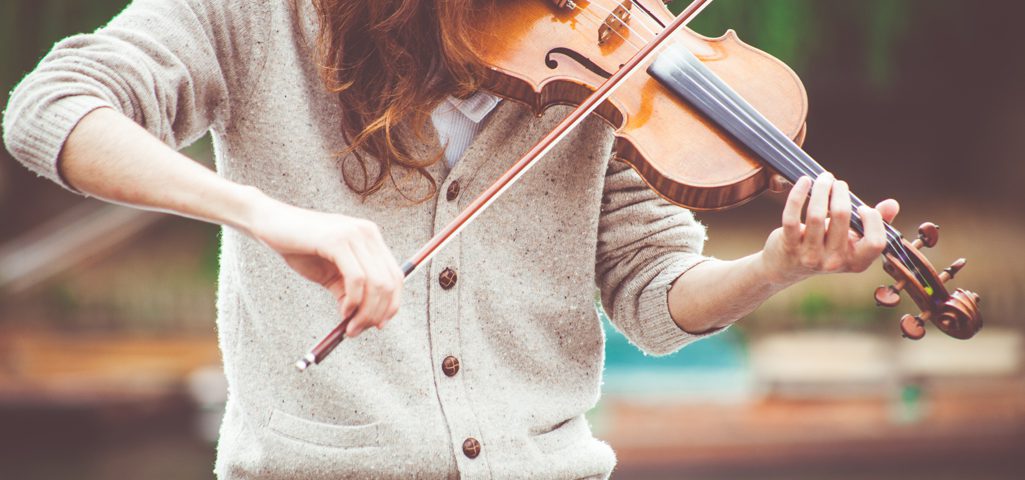In the 1980s fast cars and ostentatious watches communicated social clout. Today, there is a new elite in town and they are more likely to reveal their status through organic heirloom tomatoes purchased from the farmers’ market, memberships to public radio, and violin lessons for their children. While many of these elites will be well-off (some even rich), the consumption choices they make are embedded in cultural acquisition and experiential consumption.
Not simply rich or upper middle class, these elites – what I call the “aspirational class” – are defined by their educational pedigree and cultural capital. The aspirational class will spend $20 on artisanal, locally sourced mac and cheese, read daily to their toddlers, breastfeed their babies for a year or more, keep up with (and care about) current events. In short, this class is comprised of individuals who ostensibly “aspire” to be better, more socially conscious human beings and who acquire consumer goods that reflect this ethos and eschew overt materialism. In my new book The Sum of Small Things: A Theory of the Aspirational Class, I argue that the spending of today’s elites reflects a shifting of values away from status-oriented material goods.
The key spending category for the new elite is inconspicuous consumption – immaterial, often experience-driven spending for the purpose of buying back time or acquiring cultural capital – not for the purpose of showing social position. The new elites spend more on gardeners, nannies, housekeepers than any other income group, and their share devoted to inconspicuous consumption has increased significantly since the Recession. In fact, top income groups are spending less on traditional status goods or “conspicuous consumption” than the elites of previous years. Certainly their spending patterns are a far cry from Thorstein Veblen’s fabled leisure class.
Part of this change in spending is due to the fact that today’s aspirational class are not aristocrats, plutocrats, nor do they possess an abundance of leisure time. Instead, many of them work many long hours as lawyers, editors, doctors and financiers. As a result, they use their spending power to relieve themselves of gardening, housekeeping and other home duties that cut into any spare time they might have. Their long hours make them dependent on services that make their lives easier.
The elite’s acquisition of cultural capital is a significant departure from the middle class and the data shows it. One of the biggest line items for today’s elites is education – the top 1% devotes 6% of their total expenditures on education while the middle class spends just 1%. They also pour money into musical instruments — 20 times more in absolute dollars than the middle class.
Simultaneously, today’s elites also devote significant financial resources to health care and retirement, or what I call “consumption that counts” – they spend three and a half times more on education, over two times more on health care and 14% more on insurance and pensions than they did twenty years ago. Investing in these assets requires real financial firepower – and none of them can be bought on cheap credit.
The aspirational class also devotes time to things that are not necessarily expensive but imply knowledge and awareness — reading the Economist or the New Yorker, listening to NPR and Radio 4 podcasts, exercising regularly (and at nontraditional times), and eating healthy and organic are all steps towards their aspiration towards better human being status, but all of these choices require a luxury of time (or the ability to buy it back) and cultural capital often attained through education, social groups and occupations.
Thus while in all of these choices the new elites are not broadcasting their social position explicitly, that does not make them any less significant. In each of these decisions, they shore up the chances of their future and their children’s future. Elite consumption today entrenches intergenerational social mobility among the few. Others needn’t know about the violin lessons or the private school education but both pave the way for Yale or Harvard, and the prized job in the knowledge economy thereafter. Many of these choices are so cost-prohibitive that most middle class families (let alone low income ones) can simply not afford to participate at all. Cultural capital may not be materialistic but it is extremely expensive in today’s economy.
To catch up with America, Mexico and Canada’s top producing travel advisors, join us at ILTM Americas 2017.


